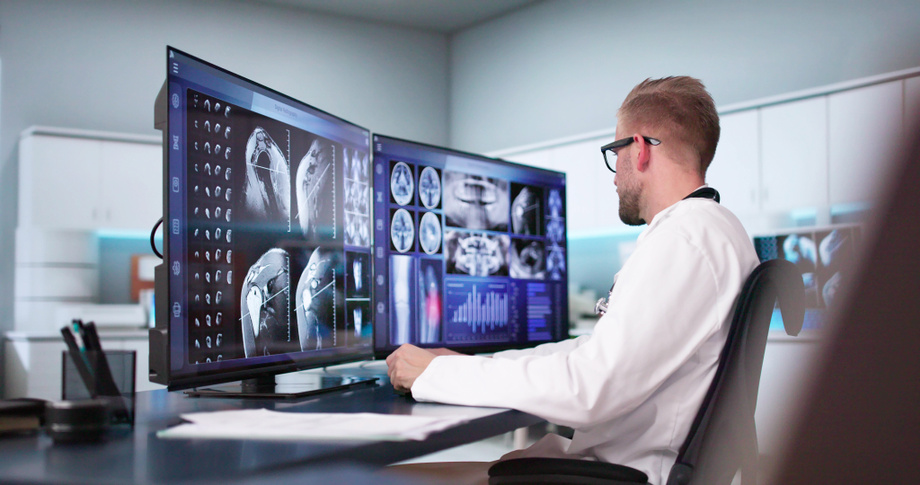Orthopaedic surgeons face significant challenges in accurately aligning broken bones during fracture repair, which is critical for restoring correct limb length, alignment, and rotation. Achieving precise anatomical reduction is often difficult because surgeons may only visualize a limited portion of the fracture surface, leading to potential malalignment that is not immediately apparent. Current methods frequently rely on intraoperative fluoroscopy, which increases surgical time and exposes both patients and staff to radiation. Furthermore, complex fractures with comminution present additional difficulties in re-establishing proper length, alignment, and rotation due to the impracticality of realigning every fragment and the lack of clear guidelines for optimal reduction. Even after initial reduction, muscular forces can cause fragments to displace before definitive fixation is applied, necessitating challenging provisional fixation techniques to maintain alignment, all of which contribute to the risk of malunion and subsequent patient morbidity, potentially requiring revision surgeries.
World renown orthopaedic surgeon, Dr. Fazel Khan, and his team at Stony Brook Medicine, have developed an inexpensive, powerful system that facilitates orthopedic fracture reduction by allowing surgeons to manipulate bone fragments virtually, guaranteeing an ideal, prefracture, alignment. The software provides crucial data for fragments and suggests optimal pin placements. For physical reduction, two approaches are offered: one utilizes a projector and a novel pin design to guide bone pin insertion, allowing the joint to be snapped together by the surgeon while eliminating the need for additional intraoperative X-rays. Alternatively, a novel jig design utilizing the same software technique allows the surgeon to secure the joint based on the received parameters.

https://stock.adobe.com/uk/images/985592811, stock.adobe.com
Enhanced accuracy in fracture reduction - Reduced intraoperative radiation exposure - Improved surgical efficiency - Facilitation of complex fracture management - Minimized need for corrective surgeries - Cost-effectiveness
Integrated Orthopedic Fracture Management Systems - Robotic-Assisted Orthopedic Surgery Solutions - Orthopedic Surgical Training and Simulation Platforms - Veterinary Orthopedic Surgical Systems
PCT Application filed
Prototype developed and tested
Patent application submitted
Development partner - Commercial partner - Licensing
Additional Information: